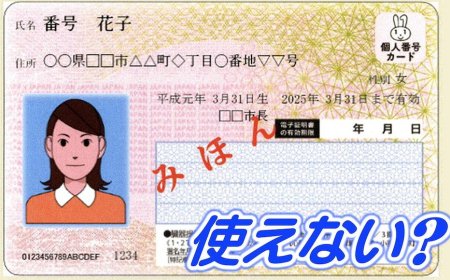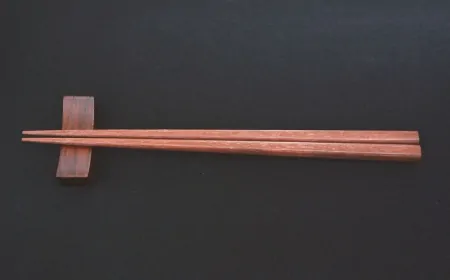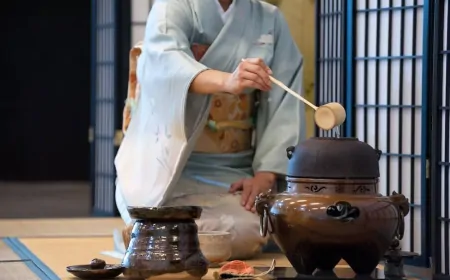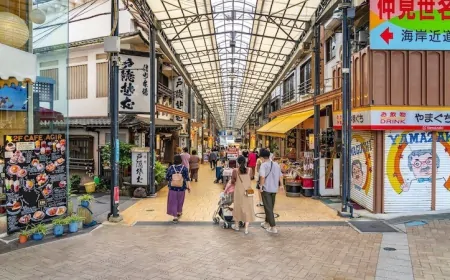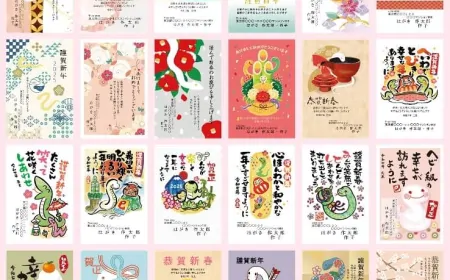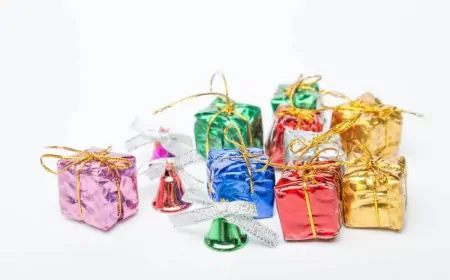Japanese sumo – things you may not know
The Nara period is considered to be the golden and surprising period of Japanese Sumo.

1. What is sumo?
While many people are trying every day to look thinner, in Japan for more than 2000 years, a priority martial art has appeared exclusively for those with excess weight.
Japanese Sumo is a traditional martial art that embodies the spirit of Shinto - the foremost religious culture of the Japanese people. During each competition, the Sumo will perform traditional dances and a few key rituals. These dances are an opportunity for Sumo to thank heaven and earth on behalf of the people and pray for a bountiful harvest. Therefore, Sumo martial art is considered the pride of Japanese human culture.
2. The Origin and History of Sumo
Sumo appeared 2000 years ago at temples with many rituals expressing Japanese culture. However, it was not until 642 that the competition between Sumotori (Sumo boxers) first took place and was recognized by the world.
The Nara period is considered a golden and surprising period of Japanese Sumo. At this time, people brought this martial art to perform in the court. The rules began to be established and applied to this day.
In addition, Sumos were also used in battles in the 12th century to lash out and intimidate the enemy. It can be said that Sumo is not merely a traditional sport but also the pride of Japanese culture.
3. Ranks In Japanese Sumo
Similar to other world martial arts, Sumo also has its own levels and rules . Here are all the ranks in the career of a Sumotori.
Jonokuchi
Jonokuchi is the lowest rank that any Sumo entering the profession will go through. This is also considered a rank for apprentices.
Jonidan
The next level is Jonidan when the Sumo fighters already have a certain amount of experience. However, Kimono jackets will not be used by Sumo of this rank regardless of whether the weather is hot or cold.
Sandanme
At the Sandanme rank, Japanese Sumo began to receive certain allowances after each match.
Makushita
Makushita is the final level of training to become a true Sumo fighter. Those at this level who win 7 matches will be unconditionally promoted to Juryo - an official Sumo.
Juryo
Juryo is the rank of professional boxers who compete in different tournaments. The Sumotori will officially compete against each other in matches. The winner with high rank will be promoted.
Maegashira
This is considered the largest class in the world of Japanese sumo. Sumo in this position will be able to compete in professional tournaments or those who have been promoted but have fallen in form, will often return to the rank of Maegashira.
Komusubi
Komusubi is a rank given to a Maegashira-ranked martial artist who has 10-11 wins or wins against someone of a higher rank than him.
Sekiwake
In Japanese culture, Sekiwake is the rank given to a sumo fighter who has more wins in a season than he loses, averaging 10 or more fights. However, if there is an unsuccessful season they will be demoted.
Ozeki
Sumo fighters who win 33 matches or win three consecutive Sumo championships will be awarded the rank of Ozeki. Similar to the upper level, if the performance is not good, there are more defeats than the boxers will be downgraded.
Yokozuna
The highest rank in the martial art of Sumo. To reach this level, sumo fighters must have an outstanding and stable record each season. Normally, each round of this person must win from 12/15 matches. Currently only 67 people have been granted the rank of Yokozuna and only a few are still alive.
--------------------------
Injavi.com - Visit in Japan
Related Products
























